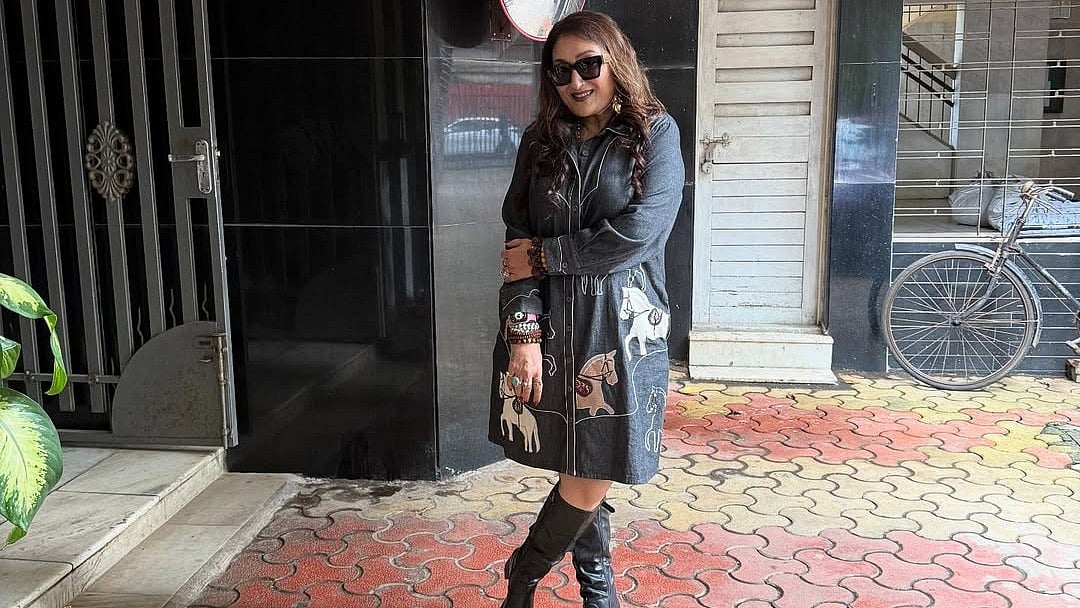Why Can't Sunita Ahuja Eat A Lot Of Potatoes? What Her Usual Meals Plate Looks Like?
Sunita Ahuja prefers simple, home-cooked vegetarian meals and limits non-vegetarian food to just two days a week. Her favourites include dal-chawal, bhindi, and moong dal. Having learned cooking at 16, she lovingly prepared meals for Govinda’s family. She follows a balanced, diabetes-friendly plate focused on veggies, proteins, and whole grains.

Actor Govinda’s wife, Sunita Ahuja, is known for her grounded lifestyle, and recently she revealed details about her everyday eating habits. While many assume star families indulge in lavish menus, Sunita prefers clean and comforting home-cooked food- especially vegetarian dishes.
Limited non-vegetarian intake by choice
Sunita shared that she has almost given up non-veg food entirely. She follows a weekly routine where she avoids meat on Mondays, Tuesdays, Thursdays, and Saturdays. Her only non-veg days are Wednesdays and Fridays, and even then, she doesn’t crave much. The only exception is when her son Yash takes her out- he loves Chinese cuisine, and she occasionally joins him for a treat.
Dal-chawal and bhindi rule her plate
Ahuja finds joy in the simplest meals. Dal chawal, bhindi sabzi, aloo bhujia, and moong dal are her go-to comfort dishes. She also loves pairing meals with pickle and papad, which add flavour without complicating the diet. However, she has to be cautious with potatoes because of diabetes and keeps her carb intake in check.
Sunita proudly remembers learning to cook at 16. After marriage, she spent years preparing meals for her family. Palak paneer, toor dal, and bhindi were among the household favourites, dishes she mastered to keep her foodie husband Govinda and her mother-in-law happy.
A balanced plate for Diabetics- What it should include
Health experts recommend a balanced diabetic plate that keeps blood sugar levels steady:
-50% non-starchy vegetables: spinach, bhindi, cabbage, gourds
-25% lean proteins: dal, paneer, tofu, sprouts
=25% whole grains or complex carbs: brown rice, multigrain roti, millets
-Add healthy fats in moderation: seeds, nuts, olive oil
-Prefer fiber-rich foods to slow glucose release
This model helps manage hunger, improves metabolism, and prevents blood sugar spikes.
Why potatoes should be limited
Potatoes are considered a high glycemic food- they break down quickly into sugar, causing a rapid spike in glucose levels. For diabetics, frequent consumption can make sugar management difficult. Replacing potatoes with sweet potatoes or leafy greens is a smarter, healthier swap.
Sunita Ahuja’s diet story reminds us that wellness doesn’t demand fancy meals, simple, wholesome eating can keep both body and soul satisfied.
RECENT STORIES
-
-
-
-
-